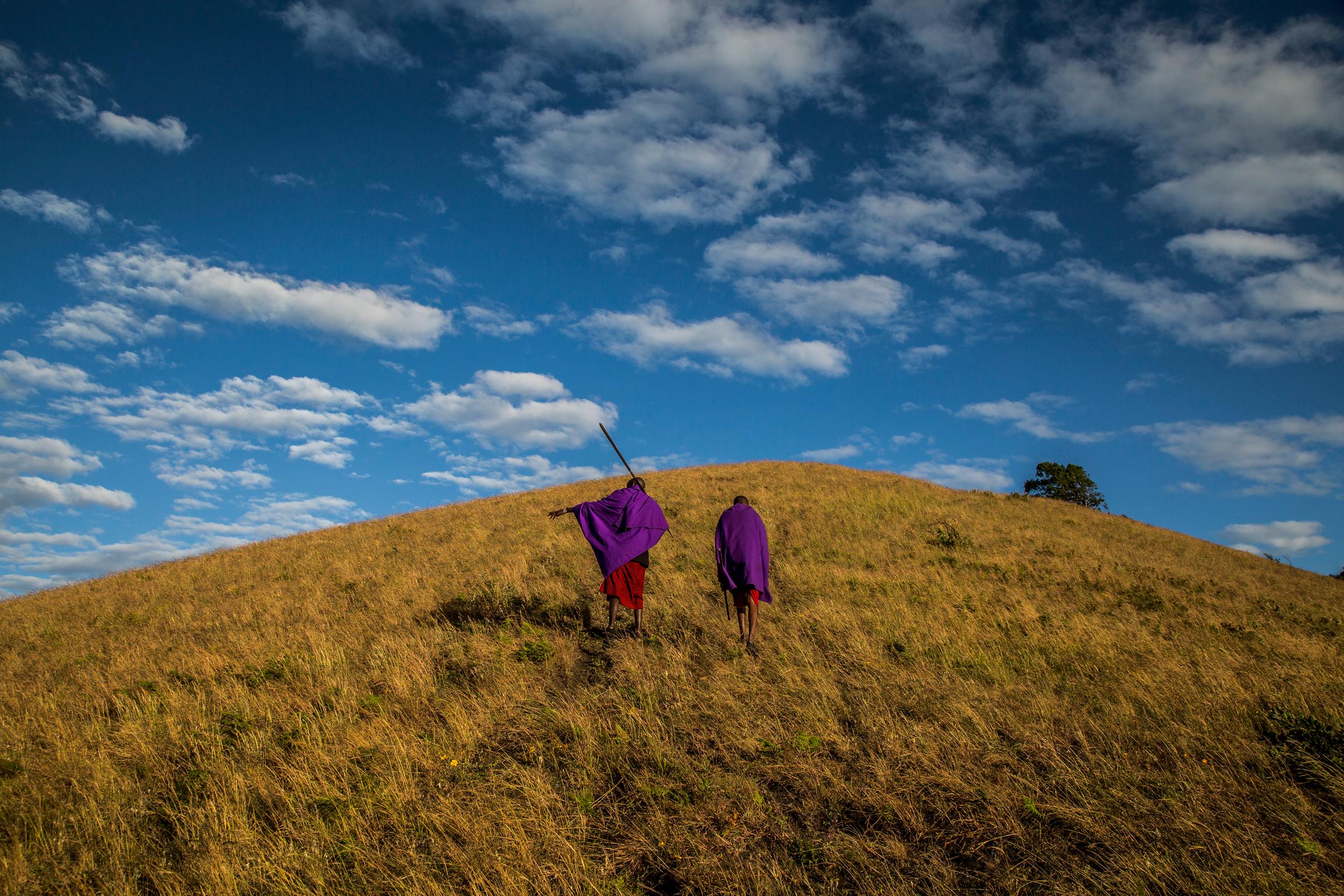Despite representing less than 5 percent of the world’s population, Indigenous Peoples steward more than a quarter of Earth’s land and seas and protect a significant share of Earth’s biodiversity.
Studies show that when Indigenous Peoples have the right to govern their land, biodiversity increases and forests are protected.
On International Day of the World’s Indigenous Peoples, Conservation News is highlighting three stories about Indigenous Peoples on the frontlines of protecting the nature they rely on.
A sweet sisterhood
Meliponas are not your average bee. They are tiny and stingless. And Indigenous communities in the Amazon have used their medicinal honey for centuries to ward off microbial and fungal infections. Plus, they are critical for plant pollination and regrowing forests.
For countless generations, people have relied on Melipona bees — now the tables are turning. The bees are under threat from deforestation, pesticides and climate change, and Indigenous women are working to ensure that their ancestral knowledge helps them survive.
With support from Conservation International’s Amazonia Indigenous Women’s Fellowship Program — which provides funding, training and networking opportunities for women to lead conservation in their territories — beekeepers are sharing their traditional knowledge and improving their technical skills. In a workshop earlier this year, six women from Bolivia, Colombia and Ecuador shared their experiences in protecting the bees and learned about hive infrastructure and how the queen bees and males function.
The society of bees teaches us to live in connection, in respect, in synergy. Living from what nature gives us and at the same time, contributing to nature.
Amazonia Indigenous Women’s Fellow Katty Guatatoca, a beekeeper from the Kichwa Indigenous community in Ecuador
Protecting an iconic African landscape
Mutarian Ntanin was born and raised in southeast Kenya’s Chyulu Hills — an expanse of savannas, woodlands and cloud forests where he tends livestock like generations of Maasai before him.
But over the course of his lifetime, Ntanin has witnessed dramatic changes. Dense forests have been cleared to make way for agriculture, degrading the numerous springs and rivers that supply water for 7 million people, plus livestock and wildlife — including, critically-endangered black rhinos and Kenya’s largest elephant population.
If you save the environment, you are saving your life.
Mutarian Ntanin, Maasai Elder, Chyulu Hills, Kenya
To protect the land, local communities joined Conservation International, the Maasai Wilderness Conservation Trust and other partners in a United Nations-backed initiative that provides financial incentives to keep forests intact.
“As an elder, I always tell my children, ‘If you save the environment, you are saving your life,’” Ntanin said. “I trust that nature can heal itself. But this will not be possible if we do it in isolation.”
The forest-carbon project is helping to conserve and restore 404,000 hectares (1 million acres) of land, while generating much-needed investments in local communities — from setting up an emergency food program for schoolchildren to improving village health services to supporting new opportunities for incomes.
“Chyulu Hills is our bank for future generations,” he added. “People see there is a future in the environment.”
Making big waves for marine conservation
In Fiji, Indigenous Peoples make up just 1 percent of the population — but they recently helped launch an ambitious plan to conserve over a quarter of the country’s expansive ocean area, which is increasingly threatened by climate change and overfishing.
A partnership between traditional leaders, the national government, Conservation International and others seeks to balance communities’ livelihoods with marine protections in the Fijian province of Lau, a remote archipelago of more than 60 islands. The plan is to protect the fragile ecosystem, while supporting sustainable local economies.
This island chain is a waypoint for migrating marine species like whales. Its reefs are a breeding ground for endangered green and hawksbill turtles, and provide livelihoods for the people of Lau, whose cultures are based on a symbiotic relationship with the ocean.
“All of the islands, reefs and everything that we own is recognized in this undertaking, in this spirit of love and kindness,” said Roko Josefa Cinavilakeba, Paramount Chief of Totoya, an island in the Lau archipelago. “To ensure no person, area, plant and animal is forgotten ... so our children may also have a good future.”
This post originally published on August 9, 2023.
Mary Kate McCoy is a staff writer at Conservation International. Want to read more stories like this? Sign up for email updates. Also, please consider supporting our critical work.
